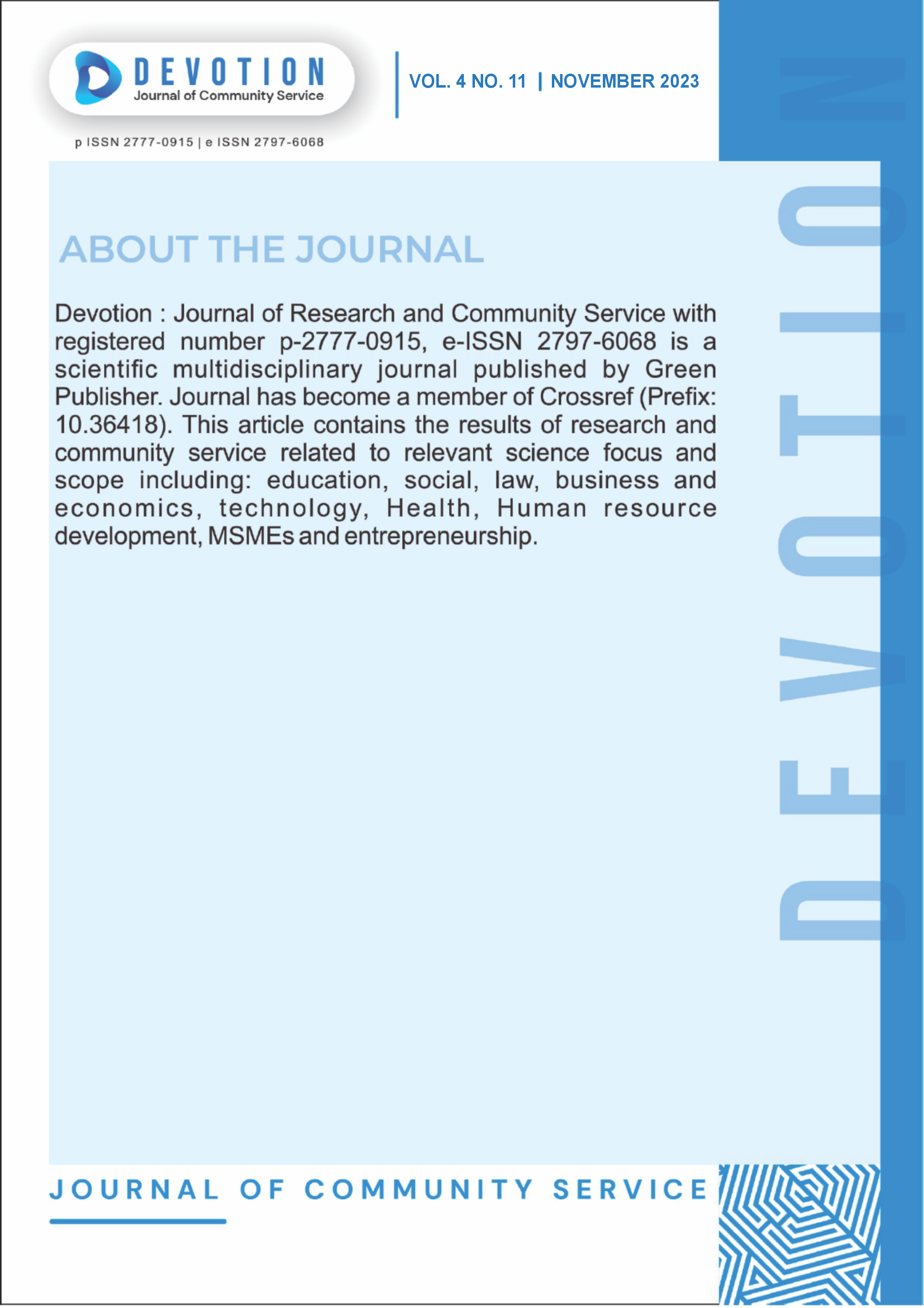Political Communication Strategy of The Candidate Pair Al Haris and Abdullah Sani in Winning The 2020 Jambi Gubernatorial Election
DOI:
https://doi.org/10.59188/devotion.v4i11.592Keywords:
Strategy, Communication, Political Communication Strategy, Candidate PairsAbstract
The purpose of this study was to determine the political communication strategy and the inhibiting factors and opportunities for political communication of the Al Haris and Abdullah Sani winning team. In an effort to obtain victory in the contestation of the Governor's Election in Jambi Province in 2020, which is pursued through careful political communication planning, the dissemination of issues regarding the candidate pair competing for the number one seat in the government is important to achieve victory. This research uses a qualitative descriptive method. Researchers use Political Marketing theory with three approaches, namely: push marketing, pull marketing, pass marketing. In this study the author took four informants as samples. Data collection in this study was collected from observations, interviews, and documentation. From the results of the study, there were several roles performed by the Al Haris and Abdullah Sani winning team during the campaign period, the campaign strategy was carried out in three ways: face-to-face campaigns, campaigns using social media, and open campaigns. The obstacles experienced by the winning team of Al Haris and Abdullah Sani in the field are semantic factors, namely the lack of solid coordination and communication between the winning team and perceptual distortion, namely errors caused by the narrow thinking of novice voters so that it is quite difficult to convey the programs and vision and mission of the candidate pair.
Published
Issue
Section
License
Copyright (c) 2023 Dedi Saputra

This work is licensed under a Creative Commons Attribution-ShareAlike 4.0 International License.
Authors who publish with this journal agree to the following terms:
- Authors retain copyright and grant the journal right of first publication with the work simultaneously licensed under a Creative Commons Attribution-ShareAlike 4.0 International. that allows others to share the work with an acknowledgement of the work's authorship and initial publication in this journal.
- Authors are able to enter into separate, additional contractual arrangements for the non-exclusive distribution of the journal's published version of the work (e.g., post it to an institutional repository or publish it in a book), with an acknowledgement of its initial publication in this journal.
- Authors are permitted and encouraged to post their work online (e.g., in institutional repositories or on their website) prior to and during the submission process, as it can lead to productive exchanges, as well as earlier and greater citation of published work.













